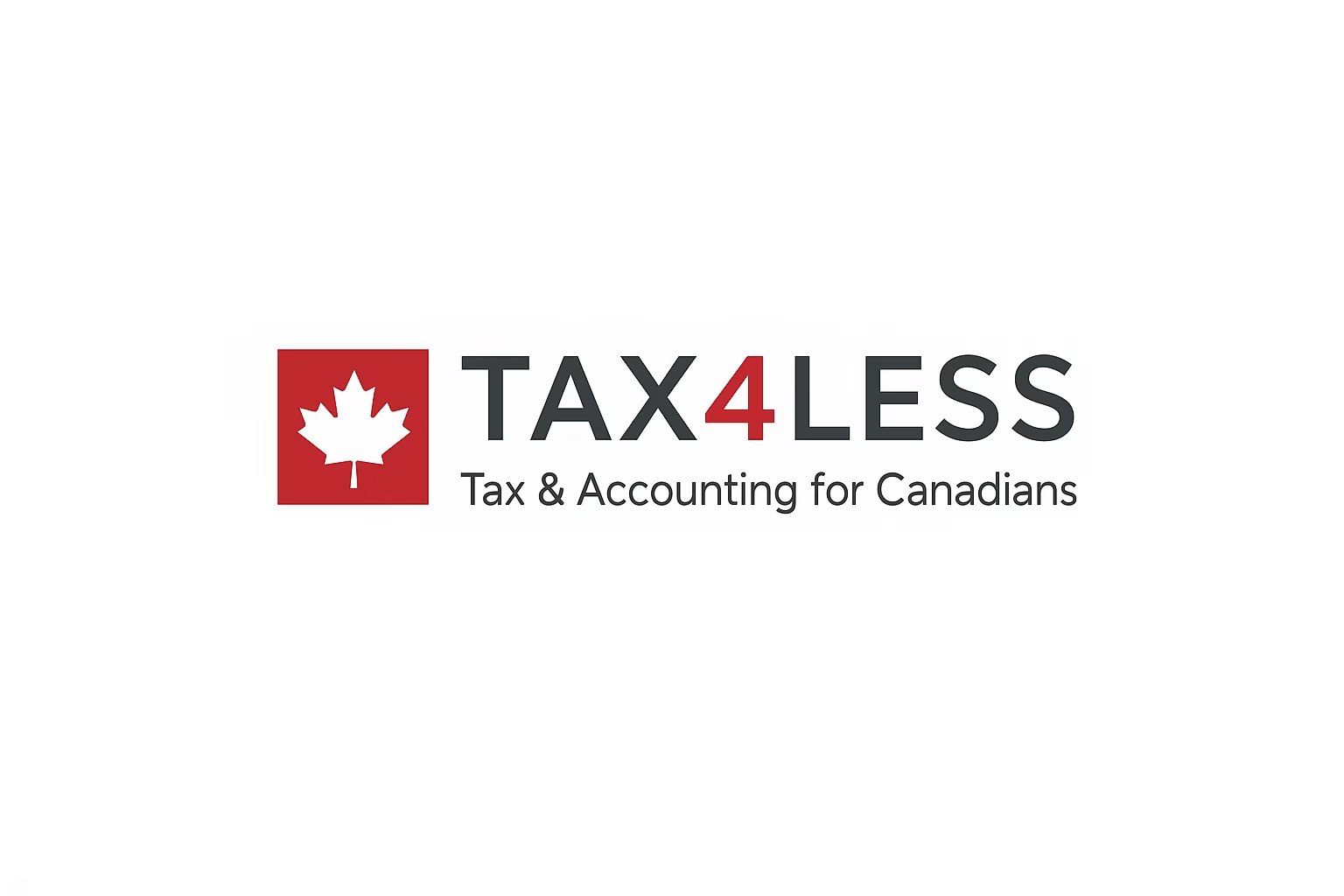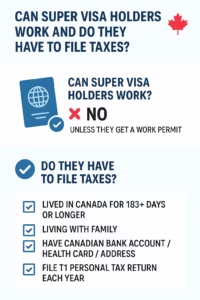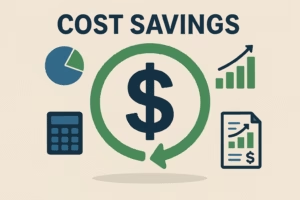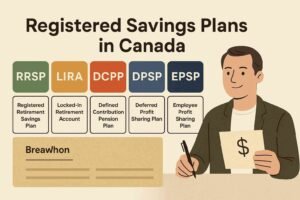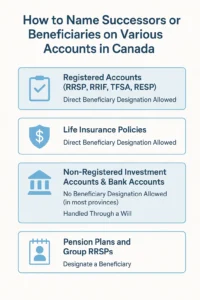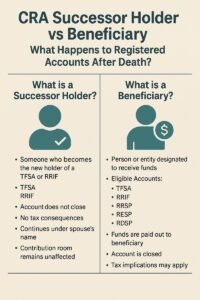Can a Super Visa Holder Earn Income in Canada?
Are you a Super Visa holder wondering about your ability to earn income while enjoying your stay in Canada? The Super Visa program offers a unique opportunity for parents and grandparents of Canadian citizens and permanent residents to visit for extended periods. However, many are curious about the rules surrounding employment and income generation during their stay. In this article, we’ll explore the ins and outs of working as a Super Visa holder, including the legalities, potential job opportunities, and tips for navigating the Canadian job market. Discover how you can make the most of your time in this beautiful country!
